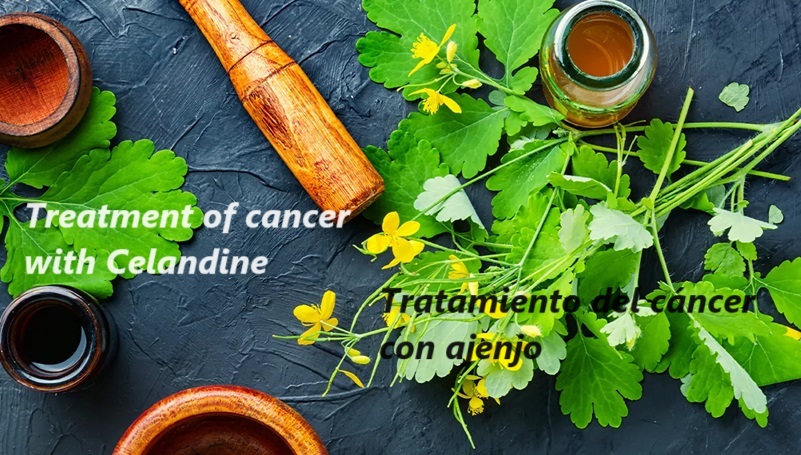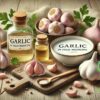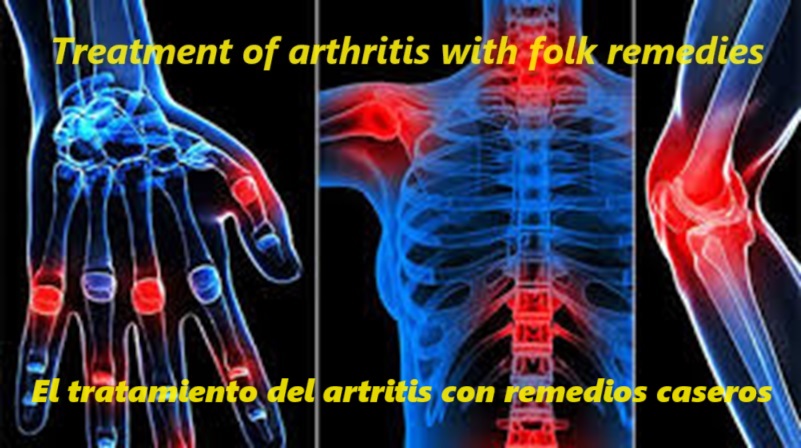Indian onion, also known as the tailed ornithogalum, has long been widely used in traditional medicine and is well-suited for growing on windowsills among decorative houseplants. Its lifespan can reach up to thirty years. It features a light green bulb protruding above the soil surface and long, elongated leaves. Around the bulb, numerous small offshoots form, which are used for propagation. A mature plant can occasionally produce a flower stalk with small green flowers. It is a hardy and beneficial plant.
It is important to note that Indian onion is used only externally, as the plant itself is poisonous. In traditional medicine, Indian onion is used to treat spinal diseases, osteochondrosis, arthritis, headaches, and rheumatism. It is effective for wound healing, bruises, and is also used in cosmetology. The leaves and flower stalks are used as medicinal materials.
These are processed into decoctions, tinctures, juice, or pulp. Sometimes, the flaky skin of the bulb itself is used in decoctions. The juice of the tailed ornithogalum has significant pain-relieving properties. For this, old leaves are used; if the tips are slightly dried, they are cut off, ground through a meat grinder, and the juice is extracted. Rubbing the juice on a painful area creates a burning sensation, increasing blood flow and reducing pain. However, if the skin is very sensitive, burns and redness may occur. It is advisable to test on a small area, such as the elbow bend. If redness and itching persist for a long time, the area should be washed and treated with oil, preferably sea buckthorn oil.
Indian onion is considered one of the best remedies for sciatica in traditional medicine. The lower back is rubbed with the plant’s juice or compresses made from its tincture. It has warming and analgesic effects. Additionally, the juice is odorless and does not stain clothing, making it convenient to use. A salve made from Indian onion is believed to be effective in treating intervertebral hernias. Mix one teaspoon of minced bulb with olive oil and massage it into the affected spine area.
Tailed ornithogalum is highly effective in treating throat ailments, tonsillitis, and acute respiratory infections. A decoction of this plant is used for gargling and warming compresses on the neck. Fresh juice, rubbed into the eyebrows and nasal bridge, is well-absorbed by the skin and helps alleviate a runny nose.
A water-based tincture is prepared in a thermos, steeped for 24 hours, and then strained. An alcohol-based tincture is made by covering chopped leaves with medical alcohol (or vodka if alcohol is unavailable) in a 1:10 ratio and left in a dark place for 14 days. Shake the tincture occasionally, then strain it and store it in a tightly sealed container. Before use, the tincture may need to be diluted with boiled water, depending on skin sensitivity, to avoid burns.
For ointments in traditional medicine, Indian onion leaves and bulbs are used. The plant pulp is mixed with honey and pork fat. This ointment is rubbed on inflamed joints, the spine, and bruises. For headaches, the temples and back of the head are rubbed with Indian onion juice. If a toothache occurs, placing a leaf of the plant on the gums can relieve pain. Pulp from the leaves or compresses can help remove warts and lichen. It can also be mixed with pork lard.
The juice of the tailed ornithogalum is also used to relieve itching and inflammation from insect bites.
In traditional medicine, Indian onion is also recognized as a cosmetic product. For aging skin, a mask can be made from the plant’s tincture, a bit of lemon juice, 100 grams of milk, and a teaspoon of cognac. Heat the mixture slightly and apply it to the face for 8–10 minutes. A good whitening mask can be made by mixing fresh plant juice, a spoonful of glycerin, some vodka, and a fresh egg, whisking thoroughly before use.
When using Indian onion in traditional medicine, always remember that the plant is toxic. For example, avoid gargling with it if your gums bleed. Ensure the juice does not come into contact with the eyes or mucous membranes.







